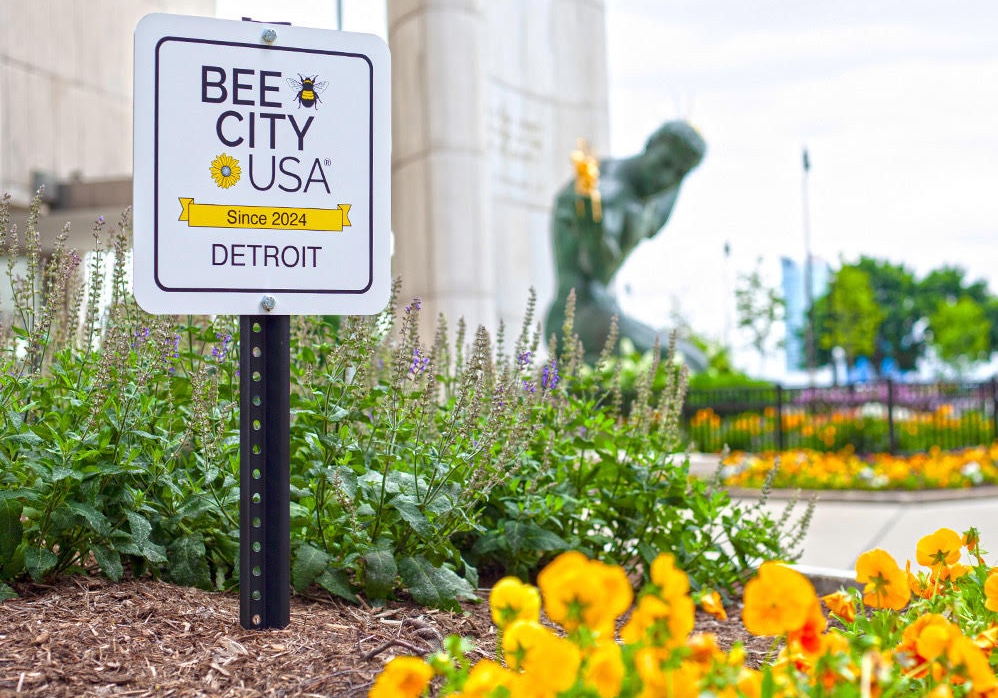Climate
Deaf and hard of hearing kids have a role in climate resilience
|
By Jada Vasser
Six years ago, the Association for the Advancement of Deaf/Hard-of-Hearing was founded by four mothers who wanted to create change and educational programming for their deaf children and community. “We are dedicated to improving the educational and occupational outcomes of deaf/hard of hearing youth and young adults by creating more accessible educational and occupational experiences,” co-founder and chief operating officer Toni Cannon-Mitchell told Planet Detroit. Now, with the support of a $5,000 City of Detroit grant, Cannon-Mitchell is expanding that mission to include climate equity, with a focus on healthy eating and growing one’s own food. The grant supports community projects that advance the city’s climate strategy by creating climate resilience, energy efficiency and food waste reduction. The project will create a community garden that produces cleaner air and food.








